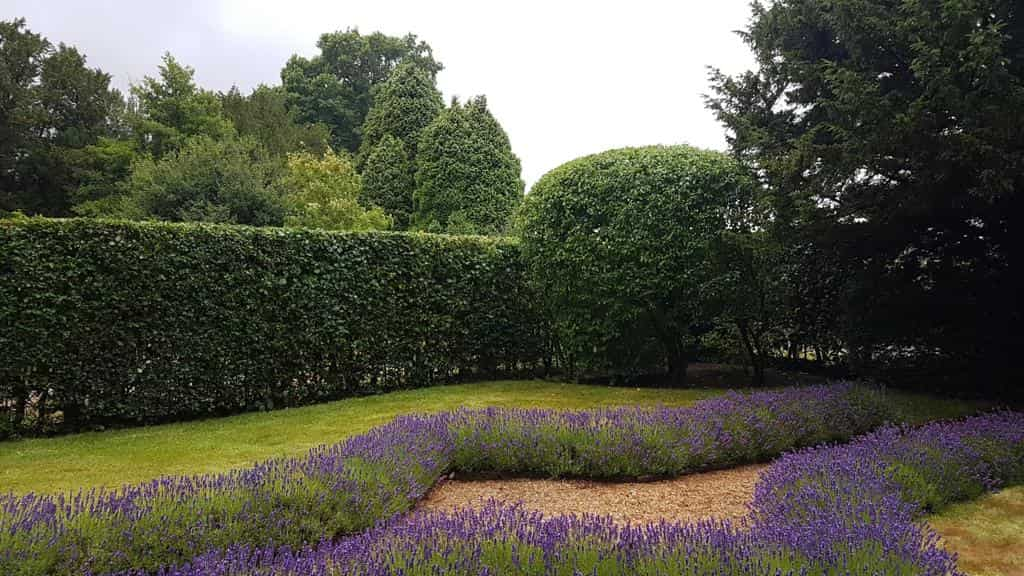Woodlands are vital for the environment, providing habitats for wildlife, helping to regulate the climate, and offering aesthetic beauty. However, when a woodland becomes overcrowded, it can lead to a range of problems that affect the health of the trees, the surrounding environment, and even the safety of nearby areas. Tree felling is an essential practice in managing overcrowded woodlands, helping to maintain the health of the ecosystem and ensuring the long-term sustainability of the area. In this article, we will explore why tree felling is necessary for overcrowded woodlands and how it contributes to both environmental and ecological health.
1. Preventing Competition for Resources
When a woodland becomes overcrowded, trees begin to compete with one another for limited resources such as water, sunlight, and nutrients from the soil. This competition can lead to stunted growth, weakened trees, and a decrease in the overall health of the woodland.
- Why It Matters: By removing certain trees through tree felling, the remaining trees have better access to these essential resources. This encourages stronger, healthier trees that are better equipped to thrive in their environment.
2. Promoting Biodiversity
Overcrowded woodlands can lead to a decline in biodiversity. When too many trees are growing too close to one another, they can prevent smaller plants, shrubs, and other forms of vegetation from growing. This lack of undergrowth can reduce the variety of wildlife that the woodland can support.
- Why It Matters: Tree felling helps create space for new growth, allowing a wider variety of plant species to thrive. This, in turn, supports a greater variety of wildlife and enhances the overall biodiversity of the woodland.
3. Improving Tree Health and Stability
When trees grow too closely together, they may become weak and unstable due to limited airflow and light. In some cases, overcrowding can also increase the risk of disease and pests spreading throughout the woodland, as diseases can easily travel between trees that are in close proximity.
- Why It Matters: Tree felling removes weaker or diseased trees, helping to prevent the spread of infection and pests. The remaining trees benefit from increased space and sunlight, which improves their overall health and stability.
4. Reducing Fire Risk
Overcrowded woodlands with dense undergrowth can be more susceptible to wildfires. Excessive dry leaves, twigs, and branches on the forest floor can easily catch fire, which can quickly spread to trees and create dangerous situations.
- Why It Matters: By removing excess trees and thinning out dense areas, tree felling can reduce the amount of fuel available for fires. This helps to mitigate the risk of wildfires, making woodlands safer for both wildlife and surrounding communities.
5. Encouraging Natural Regeneration
One of the primary benefits of tree felling in overcrowded woodlands is that it opens up the area for natural regeneration. When trees are felled, it allows for more light to reach the forest floor, encouraging the growth of young saplings and new plant species.
- Why It Matters: This process of natural regeneration helps maintain a healthy cycle of growth within the woodland. It allows young, strong trees to replace older ones, ensuring the future of the woodland ecosystem.
6. Enhancing Aesthetic and Recreational Value
Overcrowded woodlands can often appear dense, unkempt, and less visually appealing. Too many trees can obscure pathways, views, and areas of interest within the woodland, which reduces its recreational value for visitors.
- Why It Matters: By thinning the trees through professional tree felling, the woodland becomes more accessible and visually attractive. It enhances the experience for visitors who enjoy walking, hiking, or observing wildlife, contributing to the overall enjoyment of the area.
Conclusion
Tree felling in overcrowded woodlands is a necessary and beneficial practice that helps to maintain the health, stability, and biodiversity of these valuable ecosystems. By reducing competition for resources, promoting natural regeneration, improving tree health, and enhancing the safety of the woodland, tree felling ensures that woodlands remain vibrant and sustainable for generations to come.
At LM Tree Surgery Midhurst, we specialise in responsible and expert tree felling services, ensuring that the process is carried out safely and with minimal disruption to the surrounding environment. Our experienced team is committed to promoting the health and well-being of woodlands in West Sussex, and we can help manage your woodland’s growth through professional tree surgery.
If you have an overcrowded woodland in need of attention, get in touch with us today to discuss how tree felling can improve the health of your trees and the overall environment. We’ll work with you to create a plan that enhances the biodiversity and safety of your woodland while ensuring its long-term vitality.
Call us on: 01730 771 392
Click here to find out more about LM Tree Surgery Midhurst
Click here to complete our contact form and see how we can help with your tree’s needs.

